Whether you don’t have the budget to hire an interior designer or just prefer to do it yourself, designing a room from scratch can be daunting for newbies. Keep in mind that interior design is more of an art than a science, and there are no hard and fast rules about how to decorate a room. But if you’re looking for a roadmap, this start-to-finish guide will help you visualize all the steps you need to take to design your space like a pro.
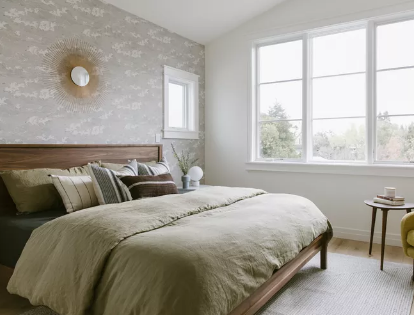
1. Adjust Your Mood
Instead of asking yourself what you want the space to look like, ask yourself how it feels like you want it and let it guide you in your choice of colors, textures, furniture choices, and décor. A bright and airy Zen oasis might suggest a minimum of furniture and natural materials. A vibrant, casual home space may include bold colors and patterns. Focusing on emotions rather than specific styles or trends will help you create an eclectic space that works for you.
2. Get Inspired
Check out your favorite social media channels, interior design magazines, books, and websites for inspiration. Think about where you like to run away and analyze why. If you like mood boards, make one. If you live alone, this is an opportunity to get to know yourself better. If you live with other people, this is an opportunity to collaborate on a shared space with respect for everyone in the home.
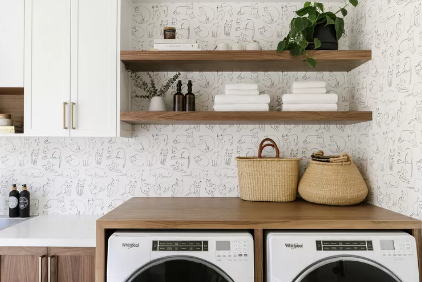
3. Be Realistic
Instead of trying to achieve some ideal vision of what you think life should look like, design your space based on how you live now. If you have grumpy kids or pets, choose upholstery fabrics and surfaces that can withstand the blow but still look great. If you live alone and have little entertainment, you don’t need to take up space at a table for six. If you’re working from home, move the temporary office in the corner of your living room to a spare room that will only be used during the holidays. Before you buy anything, create a realistic budget that will help you prioritize spending throughout the process.
4. Arrangement
If you’re redecorating, start by getting rid of anything you don’t use, don’t need, or don’t like. If you’re designing an empty room from scratch, think twice before moving in any items. Any space has room for personal items and important items, but successful interior design starts with embracing the essence and building from there.
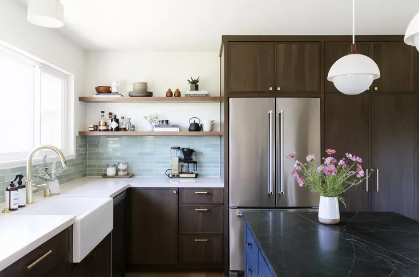
5. Draw a Map
There are plenty of free online room design tools and home design software options if you want to create a floor plan, but space planning doesn’t have to be too technical. Sketch out layout ideas on paper or mark the location of furniture with painter’s tape to get scale and flow. Before buying a piece of furniture, measure your space. Measure twice. Otherwise, you may find that the sofa you ordered is too large to make it through the front door, or too small to get into the living room.
6. Decide on a Color Palette
Whether you’re looking to stay neutral or go with an eye-catching color palette, making an early decision will help you create a cohesive look. Neutral rooms can be illuminated with easy-to-change fittings. If you decide to make your room an ode to green, pink, or blue, choose three complementary shades to keep things interesting. If you like the look of an all-white room, sticking to white tones makes it easy to mix and match furniture styles and periods.
7. Start with the Finish
If your goal is to remodel rather than remodel, consider how you can build on the room’s existing floors, wall colors, and fixtures to beautify and personalize the space without renovating. If you’re starting with an empty room, before moving in furniture and accessories mend floors, paint walls, add tiles, wallpaper, or wall panels, or install cabinetry.
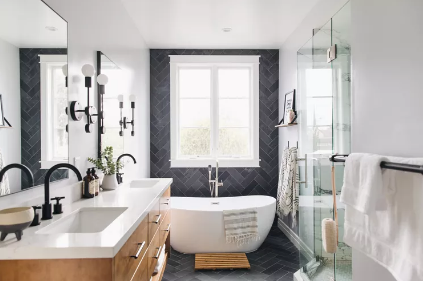
8. Select the Anchor
When designing your living room, focus on your main object (usually the sofa) first, then on the throw pillows. Making the biggest, most expensive purchase first will help ensure that you’re not skimping on the quality of high-usage items, helping you stay realistic about your budget and visualizing how much space there is behind the core for additional furniture pieces installed.
9. Select Auxiliary Furniture
Once you’ve picked the perfect sofa, start looking at the coffee table to determine the right size and style, or if an oversized pouf is a better fit. If you have opted for a rustic wooden farm table in your dining room, contrast it with modern metal chairs. Complement the modern upholstered headboard with vintage lighting or a bedside table.
10. Choose Carpets, Curtains, And Textiles
Now that you have an idea of how the room flows, you can opt for rugs, curtains, and textiles such as bedding, throws, and decorative pillows that will complement your staples and add color, pattern, texture, and interest.
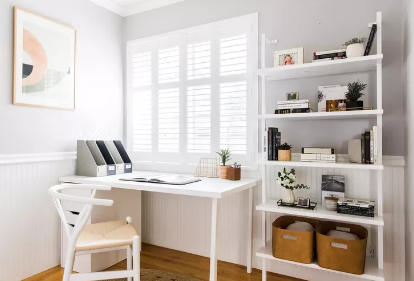
11. Light It Up
One of the keys to successful room design is to pay attention to lighting. Maximize natural light during the day and add plenty of layering options at night, from functional task lighting to warm ambient table or wall lamps to sculptural chandeliers used as decoration. Make sure to illuminate all four corners of the room to avoid shadows and promote well-being after dark.
12. Accessories
Now that you have all the essentials, take a step back and ask yourself what you’re missing. Choose and hang artwork, photos, or decorative mirrors. Stack extra decorative pillows and throws. Decorate shelves and tables with design books, candles, ornaments, plants, or precious souvenirs. This is your chance to add texture with a personal touch that will bring the room to life and make it feel like home.

